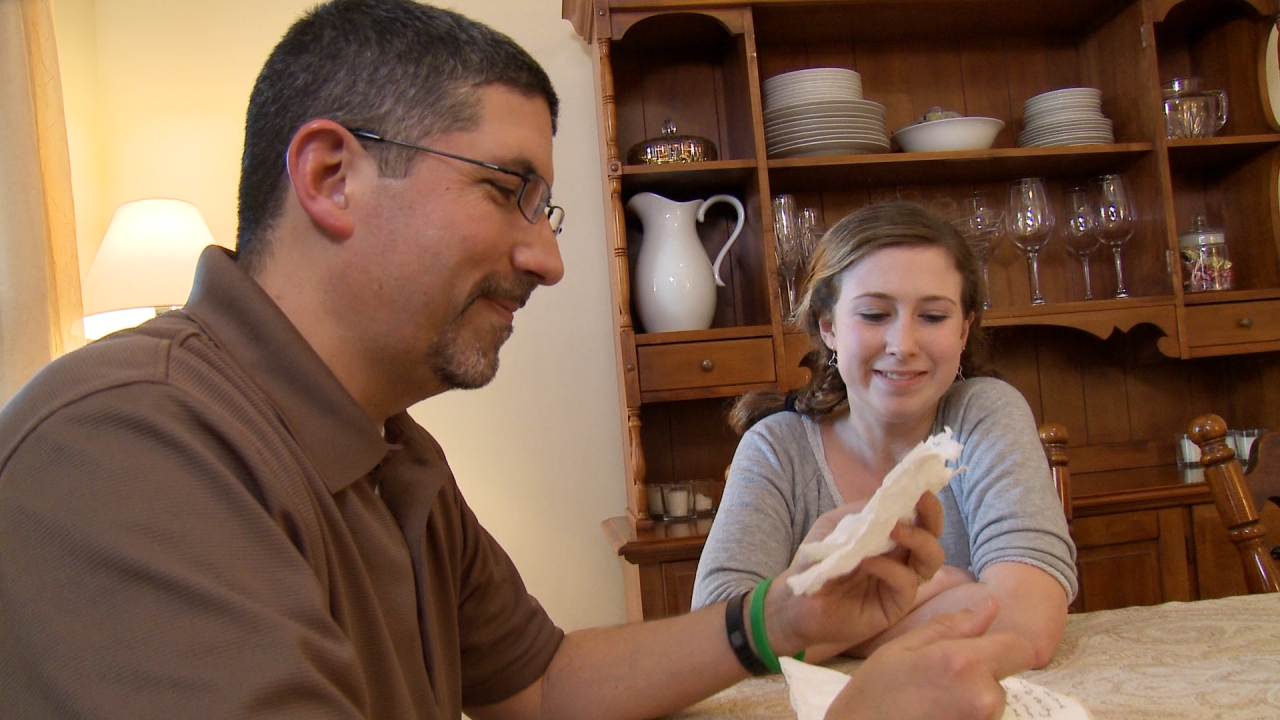Five Internet Services to Help You Adjust to Moving
WGarth Callaghan
I guess I should have introduced myself a month and a half ago when I started writing for this blog. My name is Kevin Terraciano, and in the spring I graduated from Christopher Newport University, getting my Bachelor of Science degree in computer science. I have been working for 127TECH in one way or another for over five years. This past week I moved from Richmond to Atlanta to start working towards my Master's Degree at Georgia Tech. This is by far the biggest geographical change in my life, but like any good geek I won't let that get me down -- not when the internet is here to help! Today I will reveal five websites and services that I have been using to help me get settled in a new land.
1) Google Maps: If you don't have many connections in this new city it can be intimidating to find your way around. Of course, Google Maps is great at giving you directions from point A to point B, but what if you don't even know what point B is? You can search "groceries near [your address]" and a map with a handful of the nearest grocery stores will come up with distances to each. It also works if you know the name of the store you want to find -- to find the closest Target just substitute "groceries" for "Target" in the previous example. This is a real timesaver, and it certainly beats driving around until you find what you are looking for!
2) Restaurant Rating Sites: Websites like Yelp and UrbanSpoon allow users to look for restaurants by neighborhood, cuisine, price, and even special features (outdoor, live music, etc). Customers can rate and review their experiences and possibly give you an indication of whether or not you should even give it a try. Often there is a link to the restaurant's menu so that you can see if any dishes look irresistable, how much you might be spending on a meal, and if there's something the kids would eat. It might not be the most adventurous way to discover new restaurants, but why not at least look if you have this resource available?
3) Craigslist: By now nearly everyone knows about Craigslist, but for those who don't it can basically be described as your community's bulletin board...times a billion. Once you navigate to your city's page you can find ads for products, services, jobs, personals...you name it and it's probably there somewhere. People sell furniture, cars, appliances, electronics, books, and anything else that is legal to sell. There are often great deals on second-hand items that people are trying to get rid of, so for someone new in town who's looking for an inexpensive desk or microwave this can be a great resource. Of course you should be careful when dealing with strangers on the internet (didn't your mother teach you anything?) but if you play it safe you can really hit the jackpot.
4) Reddit: This one is a bit complicated, so please bear with me. Reddit describes itself as "a source for what's new and popular on the web." Users submit links and content and people can "upvote" or "downvote" things to make them more or less popular. Usually Reddit is just a fun time-sink and is full of silly internet trends and fads, but it can also be useful for learning about a city and meeting people. There are thousands of "subreddits" (pages where people submit content only relating to a specific topic, like videogames, books, or politics) including many for specific cities. For example, here's one for Richmond, and here's one for Atlanta. Typically these pages have information about meetups, tips on local activites and events, and news from around the area. I found that this is a great way to stay up to date about interesting things that are happening around me.
5) Social Media/Skype: Part of moving away is figuring out how to stay connected to your friends and family. Thankfully, it has literally never been easier to stay in touch with these people...if anything it's hard to escape them! Anyone with Facebook, Twitter, Google+, Tumblr, or any of the other popular social media and blogging websites can constantly stay up to date on the lives of their friends and quickly interact with them. It's even easy to forego the traditional phonecalls now in favor of face-to-face video chats on Skype. Obviously these are no substitutes for real-life interactions, but it's comforting to know that you are by no means losing these people forever.
Moving 468 miles from home certainly wasn't easy, but having these resources at my fingertips took away much of the fear of the unknown. Even if you are not moving, you can still use any and all of these tools to discover new things around your hometown. If you are in an unfamiliar area though, I hope some of these tips come in handy. Good luck!
